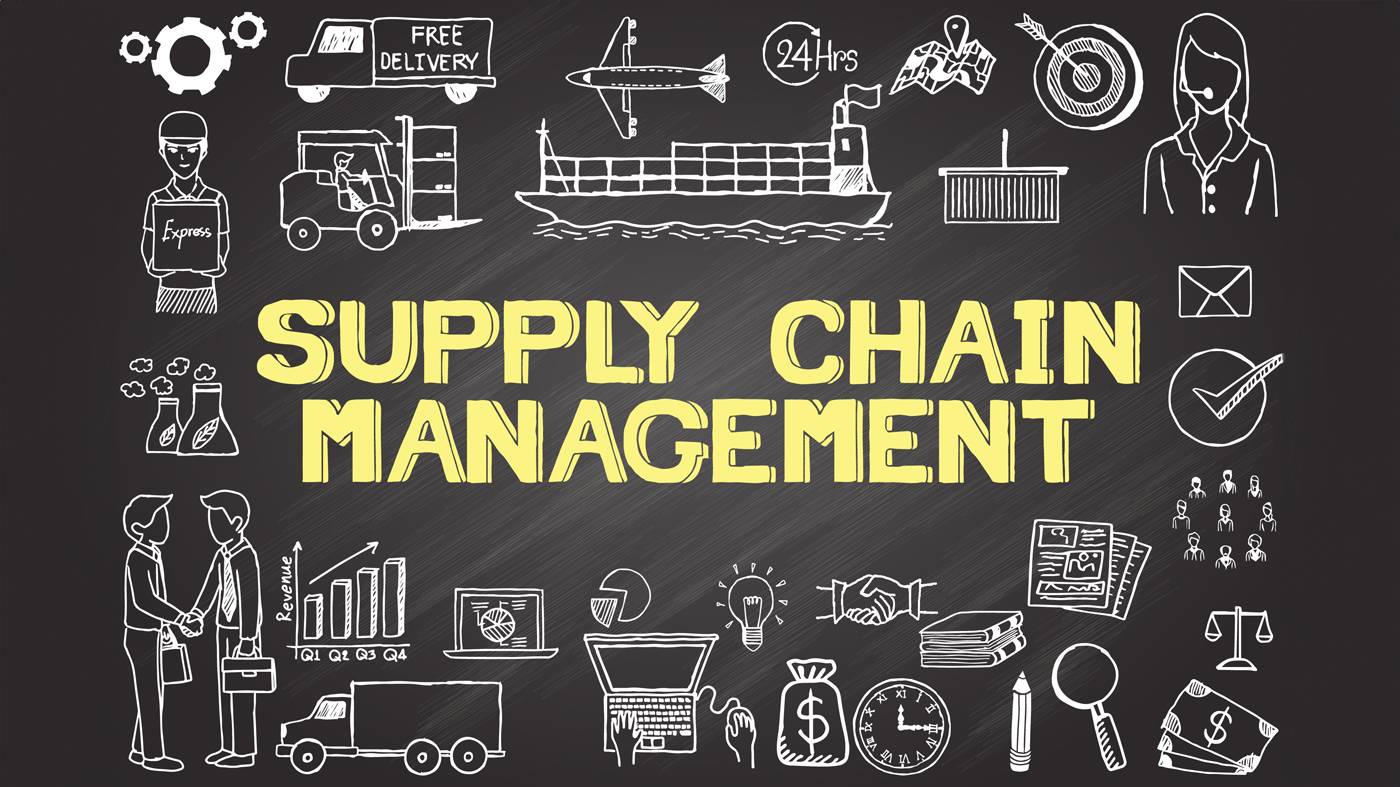Self-Study
Operations Management
Boost organizational profits through strategic process design and innovative facility management.

$396.00 – $436.00
Webcasts are available for viewing Monday – Saturday, 8am – 8pm ET.
Without FlexCast, you must start with enough time to finish. (1 Hr/Credit)
Please fill out the form below and we will reach out as soon as possible.
CPE Credits
18 Credits: Production
Course Level
Overview
Format
Self-Study
Course Description
In most organizations, the bulk of all profits come from the operations functions of the business. Consequently, it makes sense for management to concentrate its efforts on the management of operations. In the Operations Management course, we provide insights into how profits can be improved by examining such topics as performance objectives, operations strategy, product and service innovation, process design, facility layouts, capacity management, and much more.
Learning Objectives
Upon successful completion of this course, participants will be able to:
Chapter 1
- Identify the functions associated with operations management.
- Recognize the components of a process hierarchy.
- Cite the management areas for which an operations manager is responsible.
Chapter 2
- Recognize the requirements of the corporate social responsibility concept.
- Specify the circumstances under which operations flexibility is needed, and how such flexibility is measured.
Chapter 3
- State the long-term purpose of the operations function.
- Identify the various stages of the product life cycle.
- Specify the reasons for the operations strategy matrix
- Identify the different types of operations strategies.
Chapter 4
- State the reasons for using strategic experiments in the operations area.
- Specify the advantages and disadvantages of the open and closed innovation systems.
- Cite the problems with generating a large number of product innovations.
- Identify the underlying concept behind the use of innovation measurements.
Chapter 5
- Recognize the characteristics of a supply network.
- Cite the circumstances under which disintermediation makes sense in a supply network.
- Recognize the participants in a business ecosystem.
- Cite the circumstances when economies and diseconomies of scale occur.
- Specify the formula for the breakeven point.
- Recognize the circumstances under which forward and backward integration make sense.
Chapter 6
- Identify the different process types found within a company’s operations.
- Specify the most useful process tracking measurements.
- Cite the types of information that can be collected by a value stream mapping project.
- Specify the advantages of and issues with process standardization.
Chapter 7
- Recognize the different types of layouts that can be used in an operations facility.
- Specify the layout considerations that can have an impact on employees.
- Recognize the reasons for using traffic analysis and cluster analysis in operations.
Chapter 8
- Identify the key performance objectives of a business.
- Cite the types of processes most helped by process technology.
- Identify the boundaries of the window within which operations technology should be acquired.
- Recognize the approaches that can be used to increase the odds of completing a process technology implementation.
Chapter 9
- Specify the root causes of company culture.
- Identify the general classifications of organizational structure.
- Recognize examples of the line and staff functions.
- Specify the structure of a properly constructed job analysis.
- Cite the characteristics of an ergonomically-designed workplace.
- Recognize the actions that may be taken to motivate employees.
Chapter 10
- Identify the performance requirements of a system of planning and control.
- Identify when sales and operations planning should be used.
- Recognize the different types of demand.
- Specify the different types of loading that can be applied to a work center.
Chapter 11
- Identify the different types of forecasting methods, their characteristics, and when they should be used.
- Recognize when a smoothing constant should be used in a forecasting model.
- Specify the types of capacity planning methods that can be applied to operations.
Chapter 12
- Cite the components of a throughput calculation.
- Recognize the situations in which local optimization is occurring.
- Identify the areas in which an expedite zone can be useful to a business.
- Specify the decision criteria for reviewing investment proposals.
Chapter 13
- Cite the activities included in a supplier assessment.
- Specify the issues to consider when choosing a foreign supplier.
- Recognize the management alternatives when dealing with a large number of suppliers.
- State the advantages of using a stable production schedule.
- Identify the options when there is a risk of late deliveries.
Chapter 14
- Recognize the different types of inventory.
- Specify the components of an inventory reordering calculation.
- State the different operations strategies and the situations to which they apply.
- Identify the key components of a material requirements planning system.
Chapter 15
- Recognize the activities needed to gain a long-term competitive advantage.
- Cite the uses to which the kaizen technique can be put.
- Identify the outcome of a successful Six Sigma project.
- Specify the headings typically used on a cause-and-effect diagram.
Chapter 16
- Recognize the characteristics of quality in a product.
- Specify the different types of costs associated with quality.
Chapter 17
- Cite the situations in which a business is better able to retain risk.
- Identify the contents of a corporate risk profile.
- Specify the tools used to contact employees during an emergency, as well as their advantages and disadvantages.
Chapter 18
- Identify the planning structure of a project, and what is done during each phase.
- Cite the activities included in a planning and control system.
- Specify the contents of a work breakdown structure.
- Recognize the structure of a Gantt chart.
Course Specifics
SS623355559
November 29, 2023
There are no prerequisites.
None
338
Compliance Information
CMA Notice: Western CPE makes every attempt to maintain our CMA CPE library, to ensure a course meets your continuing education requirements please visit Insitute of Management Accountants (IMA)
CFP Notice: Not all courses that qualify for CFP® credit are registered by Western CPE. If a course does not have a CFP registration number in the compliance section, the continuing education will need to be individually reported with the CFP Board. For more information on the reporting process, required documentation, processing fee, etc., contact the CFP Board. CFP Professionals must take each course in it’s entirety, the CFP Board DOES NOT accept partial credits for courses.
Meet The Experts

Steven M. Bragg, CPA, is a full-time book and course author who has written more than 300 business books and courses. He provides Western CPE with self-study courses in the areas of accounting and finance, with an emphasis on the practical application of accounting standards and management techniques. A sampling of his courses include the The New Controller Guidebook, The GAAP Guidebook, Accountants’ Guidebook, and Closing the Books: An Accountant’s Guide. He also manages the Accounting Best Practices podcast. Steven has been the CFO or controller of both public and private companies and has been a consulting manager with Ernst & Young and …
Related Courses
-
 Production
Production
Constraint Management
Steven M. Bragg, CPA QAS Self-Study
Credits: 10 $290.00
QAS Self-Study
Credits: 10 $290.00$290.00 – $320.00
-
 Production
Production
Contract Management
Steven M. Bragg, CPA QAS Self-Study
Credits: 6 $174.00
QAS Self-Study
Credits: 6 $174.00$174.00 – $204.00
-
 Production
Production
Supply Chain Management
Steven M. Bragg, CPA QAS Self-Study
Credits: 4 $116.00
QAS Self-Study
Credits: 4 $116.00$116.00 – $136.00
